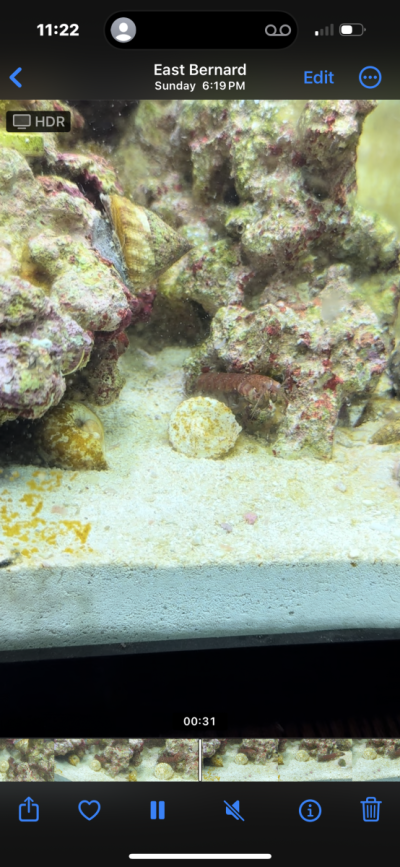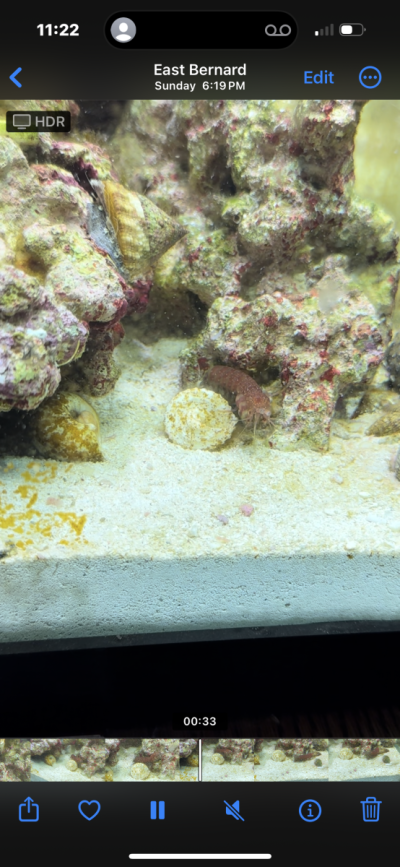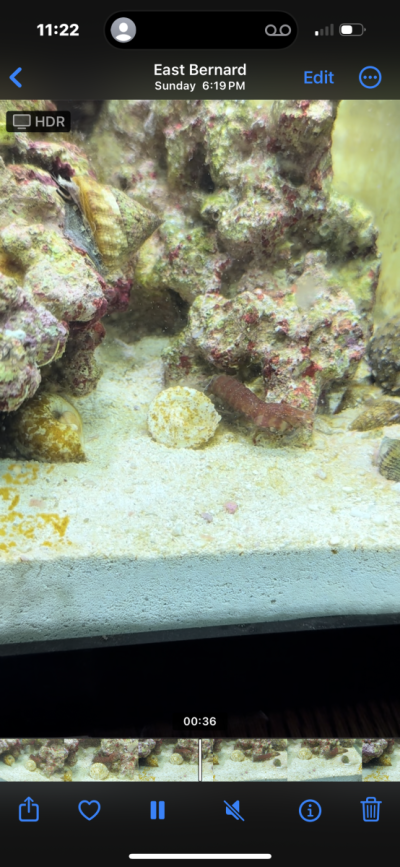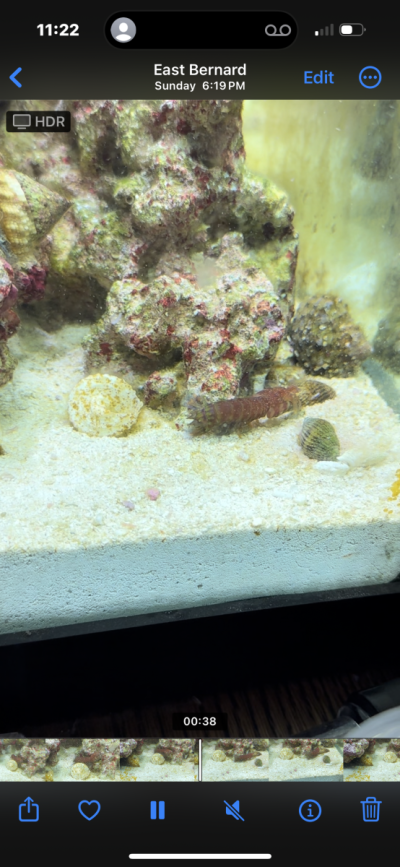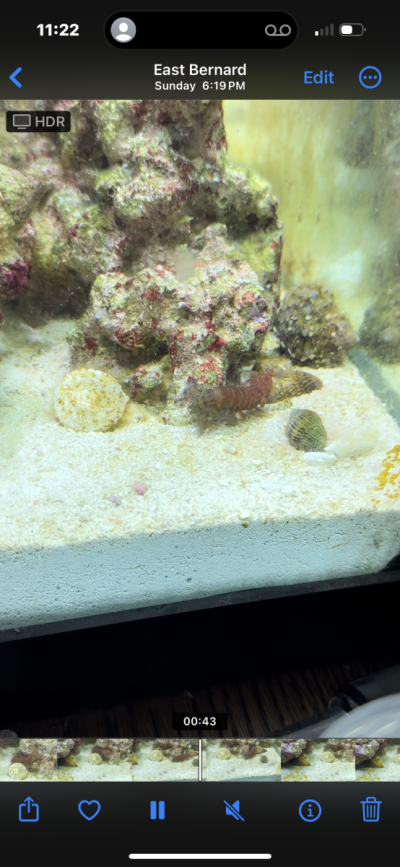Howdy!
I have a Caribbean Rock Mantis, Wennerae (perhaps 2 if the larger one hasn’t killed the smaller one) that came with some live rock. The larger one is about 2” long currently. Super cool little guy, awesome to watch when I get to see him.
I am wondering what their capabilities are/will be once full grown since it’s one of the smaller species of mantis and I’d like to keep it in a mixed reef. To be more specific, how much larger of inverts or shrimp would they be comfortable attacking?
I didn’t think it would be capable of killing a peppermint shrimp that was larger than it but I haven’t seen the shrimp in over a week lol.
He was unsuccessful, however, of getting scarlet hermits.
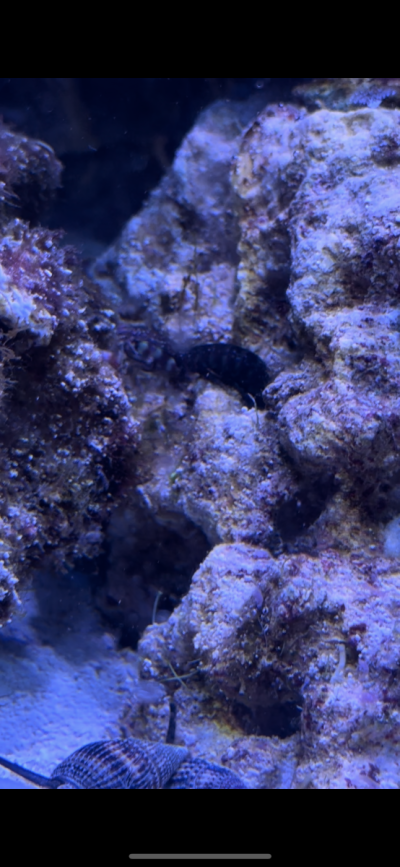
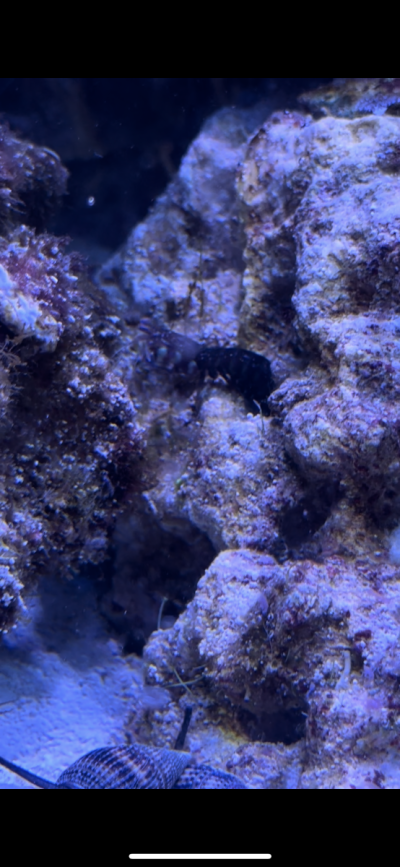
I have a Caribbean Rock Mantis, Wennerae (perhaps 2 if the larger one hasn’t killed the smaller one) that came with some live rock. The larger one is about 2” long currently. Super cool little guy, awesome to watch when I get to see him.
I am wondering what their capabilities are/will be once full grown since it’s one of the smaller species of mantis and I’d like to keep it in a mixed reef. To be more specific, how much larger of inverts or shrimp would they be comfortable attacking?
I didn’t think it would be capable of killing a peppermint shrimp that was larger than it but I haven’t seen the shrimp in over a week lol.
He was unsuccessful, however, of getting scarlet hermits.











